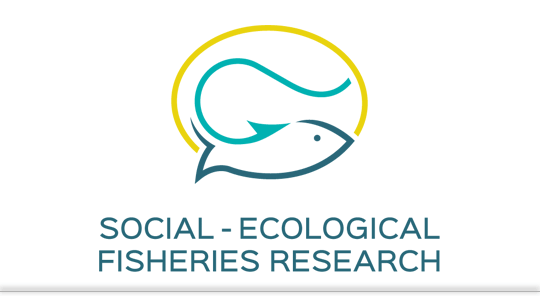Everyoine working with recreational fishing, whether as managers, representatives of nongovernmental organizations (NGOs), or commercial actors in the tackle, travel, accommodations, or service provider industries, is concerned about the futureof this leisure activity and the characteristics and preferences of current and future anglers. Questions of relevance include the following: Is the absolute number of recreational anglers increasing or decreasing or is it stable? Is the rate of participation among the public increasing or decreasing or is it unchanged? What are the characteristics of these anglers, what preferences and behaviors do they display now, and what changes are likely in the future? Do those who are involved in recreational angling, for example, become more or less active over time? Do their preferences for the fish species and type of fishing experience they are pursuing change and are they willing to purchase goods and services if specifically developed to meet this demand?
Chapter 17: New markets for recreational fishing
Chapter

Aas, Ø., Arlinghaus, R. (2009). Chapter 17: New markets for recreational fishing. In. Manfredo, M.J., Vaske, J.J., Brown, P.J., Decker, D.J., E.A. Duke, (eds.), Wildlife and Society: The Science of the Human Dimension. Island Press, Washington, 229-243
Published
: 2009
Appeared in
: In. Manfredo, M.J., Vaske, J.J., Brown, P.J., Decker, D.J., E.A. Duke, (eds.), Wildlife and Society: The Science of the Human Dimension. Island Press, Washington, 229-243
